How to Play:
Mirror Mansion, originally released in Germany as Burg der 1000 Spiegel, is a 2010 SimplyFun game with an interesting twist on the game of Memory. The object of the game is to place mirrors in an attempt to “find” the treasure you are tasked with looking for. For each treasure you successfully find, you get jewels. The player with the most jewels at the end of the game is the winner.
Before play begins in Mirror Mansion, the oldest player randomly places the 11 treasure windows and the one open window into the twelves slots on the sides of the board (with the treasure illustration facing inward and the window illustration on the outside). Players attempt to memorize the positions of each treasure window (so they remember where each treasure is and know how to orient the mirrors when its their turn) while they are being placed. Also, place the four mirrors into random slots in the middle of the game board and the player pawn on any of the yellow spaces along the outside of the game board. Hand each player two voting chips (one showing a lit candle and the other an unlit one) to complete setup.
After setup is completed, Mirror Mansion begins. The youngest player starts the game and play continues clockwise. Each turn the following actions are performed. First, the current player chooses any treasure window, lifts it out of its slot (and allows other players to see which one was selected), and swaps it with the open window (the location of one treasure window is changed each turn so you have to remember which windows have moved where).
Next, the current player rolls the dice and moves the player pawn (there’s only one of them, not one per player) that amount of spaces clockwise. Each space has a certain treasure to look for and the current player must search for the treasure they land on. However, there are also two spaces that have a “?” instead of a treasure. If a player lands on one of these spaces, the player to their left decides which treasure that player should search for (they’ll want to pick one they don’t think the other player knows the location of).
After that, the current player has the option of moving up to three mirrors in the middle of the board. For this step, the current player will want to pick out which window they think is the treasure window they are looking for. Then, they should try to position the mirrors so that they can see the treasure through the open window when the time comes. The player must move at least one mirror but they have the option to move up to three. A move is defined as lifting or placing it in a new slot or just rotating it in its original slot.
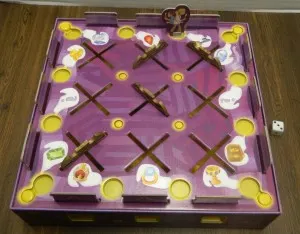
After the mirrors have been moved, it is now time for the other players to vote on whether they think the current player will find the treasure they are looking for. Each player selects either the lit candle (if they think they will find it) or unlit candle (if they think they will fail) voting chip. Once everyone has voted, the selections are revealed. Note, for each player’s first turn this entire step is skipped (as is the last step).
After voting is completed, the current player looks through the open window to see which treasure they have found. If they find the correct treasure (other players can look through to make sure they aren’t lying), they get a jewel. If they locate a different treasure, they get nothing (and must tell the other players which treasure they saw). If they are unlucky enough to find the stinky sock, they lose one of their jewels (unless they don’t have any). Players who find the correct treasure are also given a chance to win a second jewel if they can “demonstrate an understanding of how mirrors work” (aka pick out the treasure window that the treasure was on).
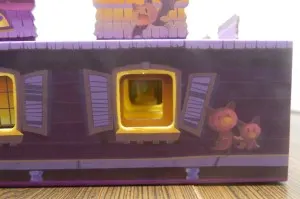
To finish off a turn, find out which players voted correctly. If the current player found the correct treasure, all players who voted with the lit candle voting chip get a jewel (incorrect players get nothing). Likewise, if the current player failed to find the correct treasure, all players who played the unlit candle voting chip get a jewel.
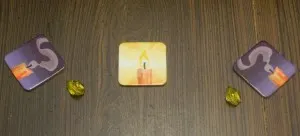
After all of these steps are completed, play continues in the same way to the next player clockwise. The game continues until a player has earned the required amount of jewels. For a four player game, the first player to collect 8 jewels is the winner. For a three player game, ten jewels are required and a two player game requires twelve. In the case of a tie, all players tied are considered winners of Mirror Mansion.
My Thoughts:
I’m embarrassed to admit that despite being an adult playing a game meant for players ages six and up, I (as well as everyone I played with) really struggled with this game. I feel like a complete idiot since this is a family game meant for children and I couldn’t even remember the treasure locations during my first turn (when almost no treasure windows had even moved). I admit to having a terrible memory but I basically resorted to guessing each round because it is way too hard to remember the locations of the eleven different windows as they move around. Even if you know where the correct treasure window is, it is sometimes hard to figure out where to position the mirrors to find it.
One really annoying aspect of Mirror Mansion is the fact that players will have to move around the table. Players are not allowed to rotate the game board at any time during play and even if the rules allowed it, it wouldn’t be wise to do so. Since this is a memory game, the position of the board matters (obviously if you rotate the game board the positions of the treasures moves). This is just a minor annoyance unless you are playing with someone with bad knees or other mobility problems (like I did). Obviously there is nothing SimplyFun could do but it is a minor flaw with the game.
Another small problem is that it is sometimes hard to see what you are looking at when you look through the open window. The images can be a little blurry and difficult to make out at times. You need a very well lit room to see things clearly.
There are some positives to Mirror Mansion. The game is relatively educational for children (it teaches how mirrors work and some basic geometry) and helps build memory. Also, the game has some very nicely done art.
Even though I’m absolutely terrible at this game, I will definitely admit that Mirror Mansion has a unique take on a usually boring game genre. If you and your family has a better memory than I do, I could definitely see your kids having some fun with this game. However, I think it is much more likely that your kids will become easily frustrated by this game. It’s difficult for adults to remember the location of eleven different treasures that are always moving. Young children aren’t exactly known for their concentration so it will be even harder for them.
Final Verdict:
While Mirror Mansion puts a new twist on the memory game, I feel it is too hard for children (and even adults like myself). I applaud the ingenuity of the game (it’s hard to put a new spin on a very old game genre like memory games) but I don’t think the game is worth purchasing.

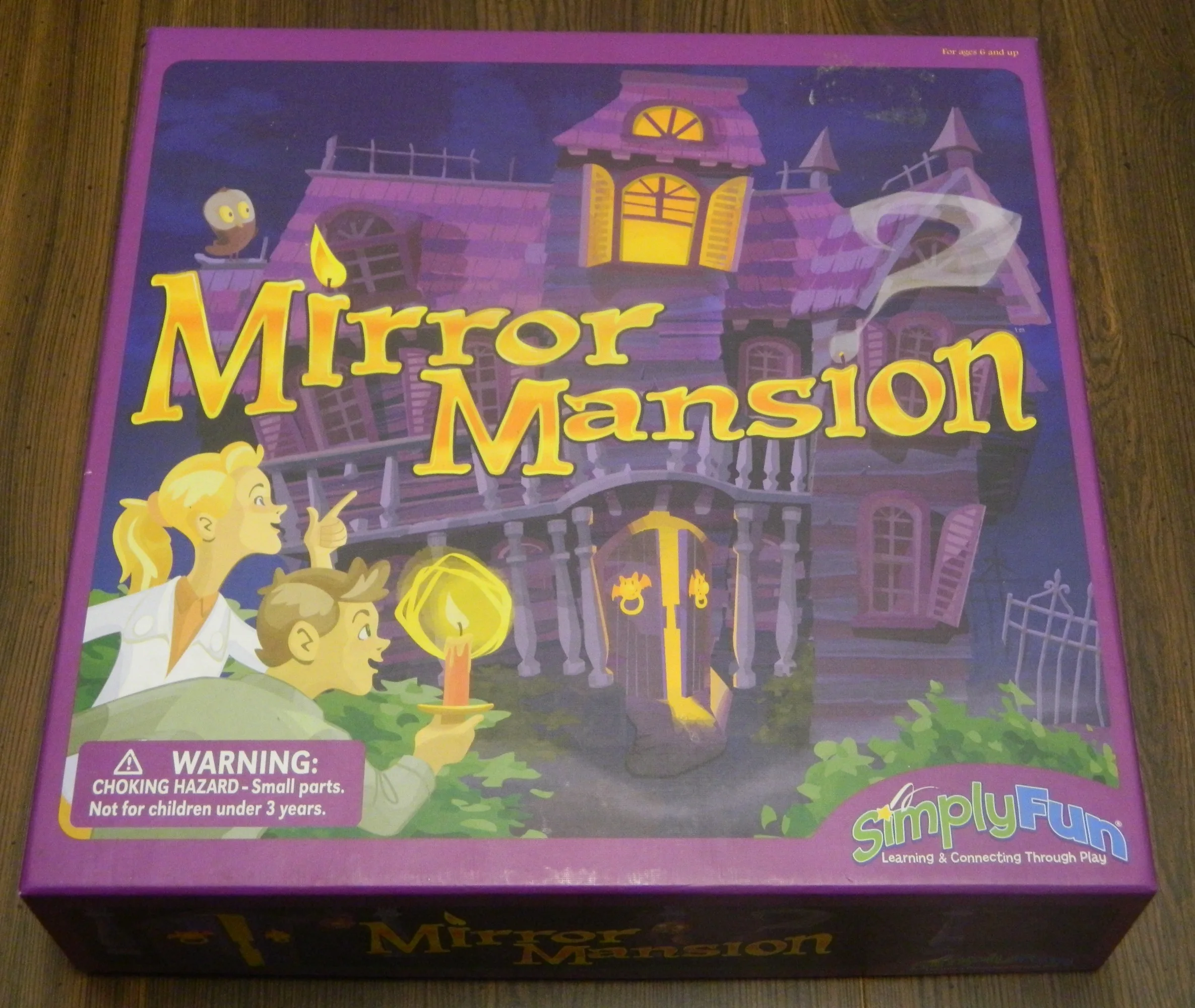
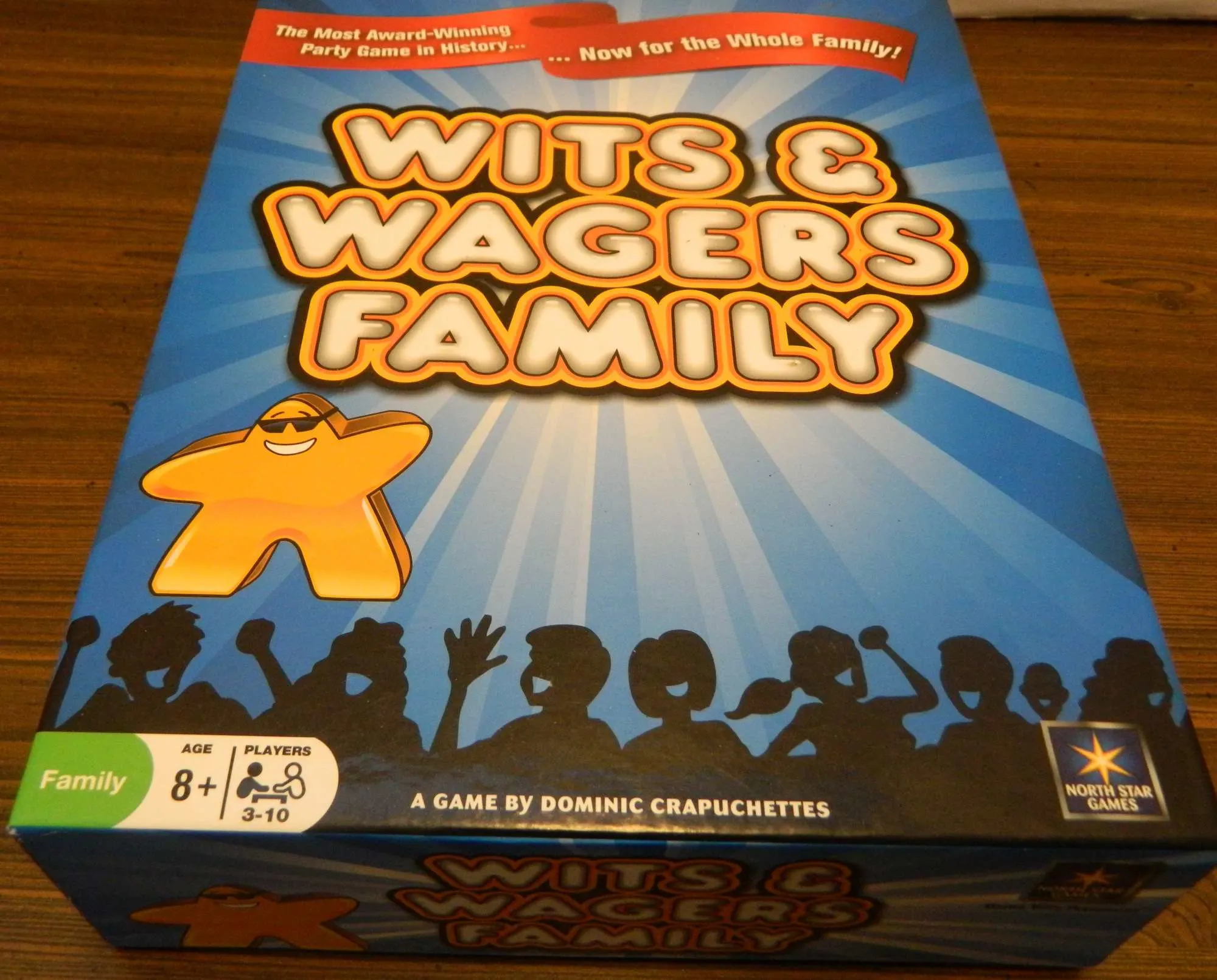
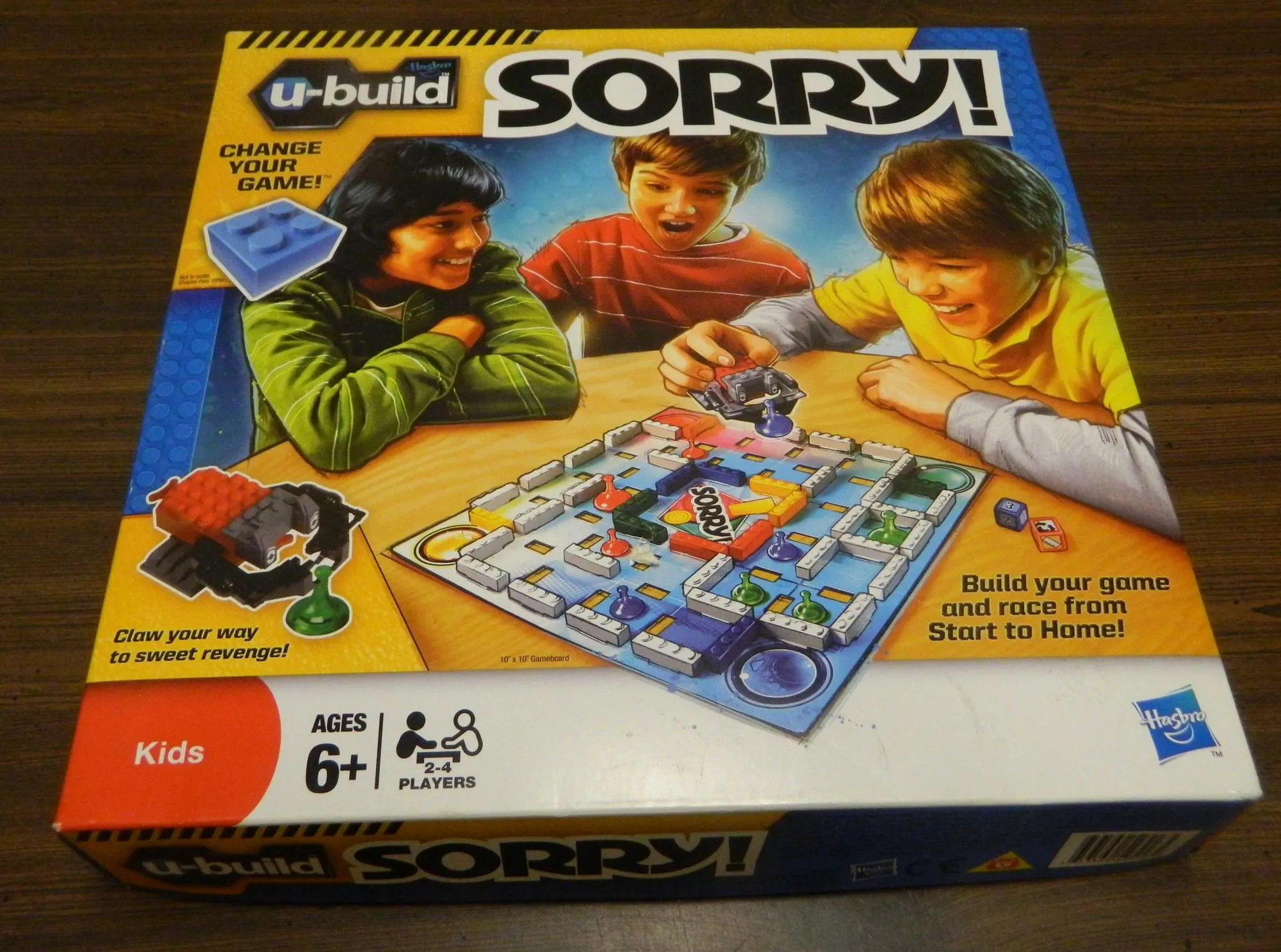
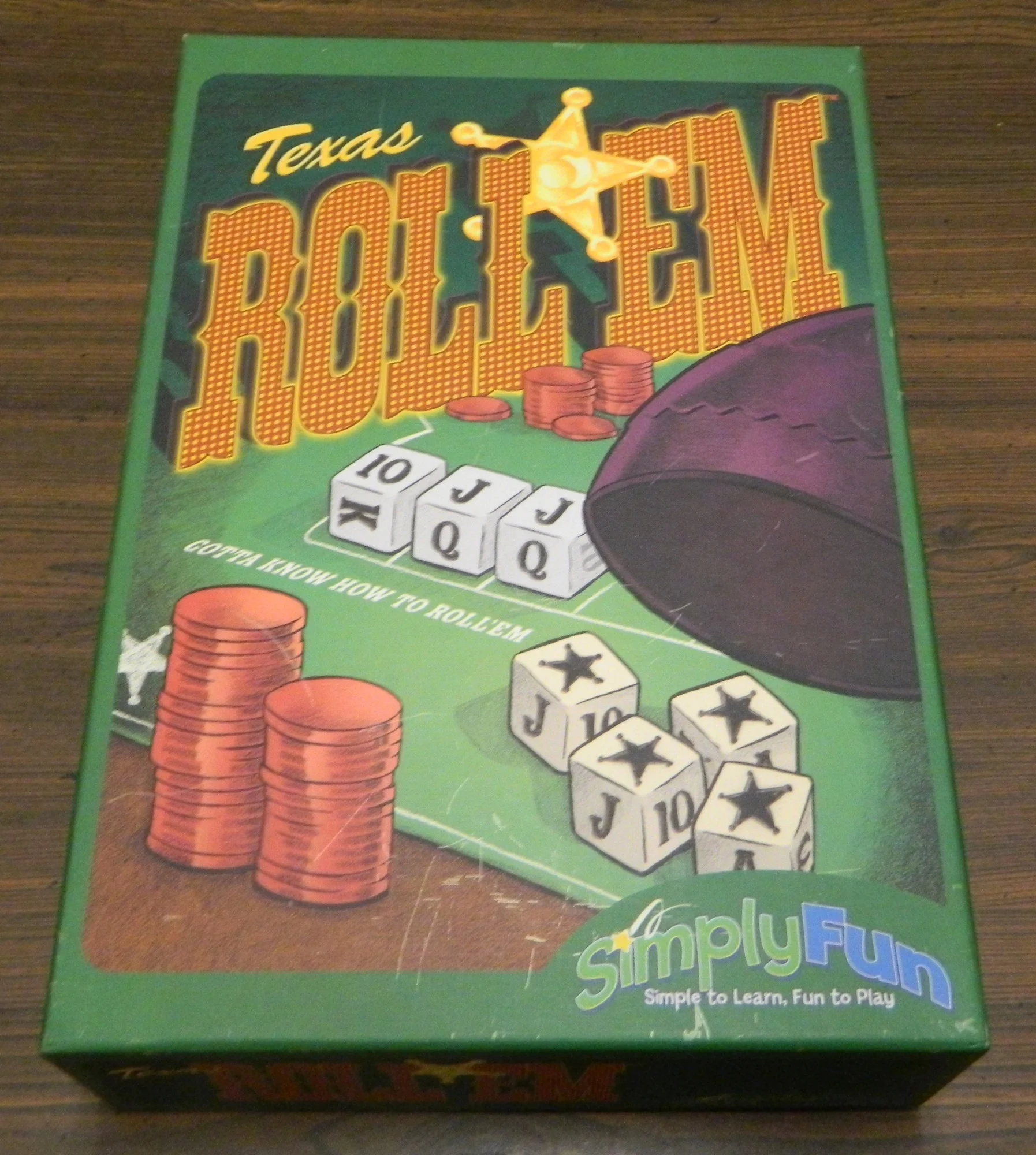
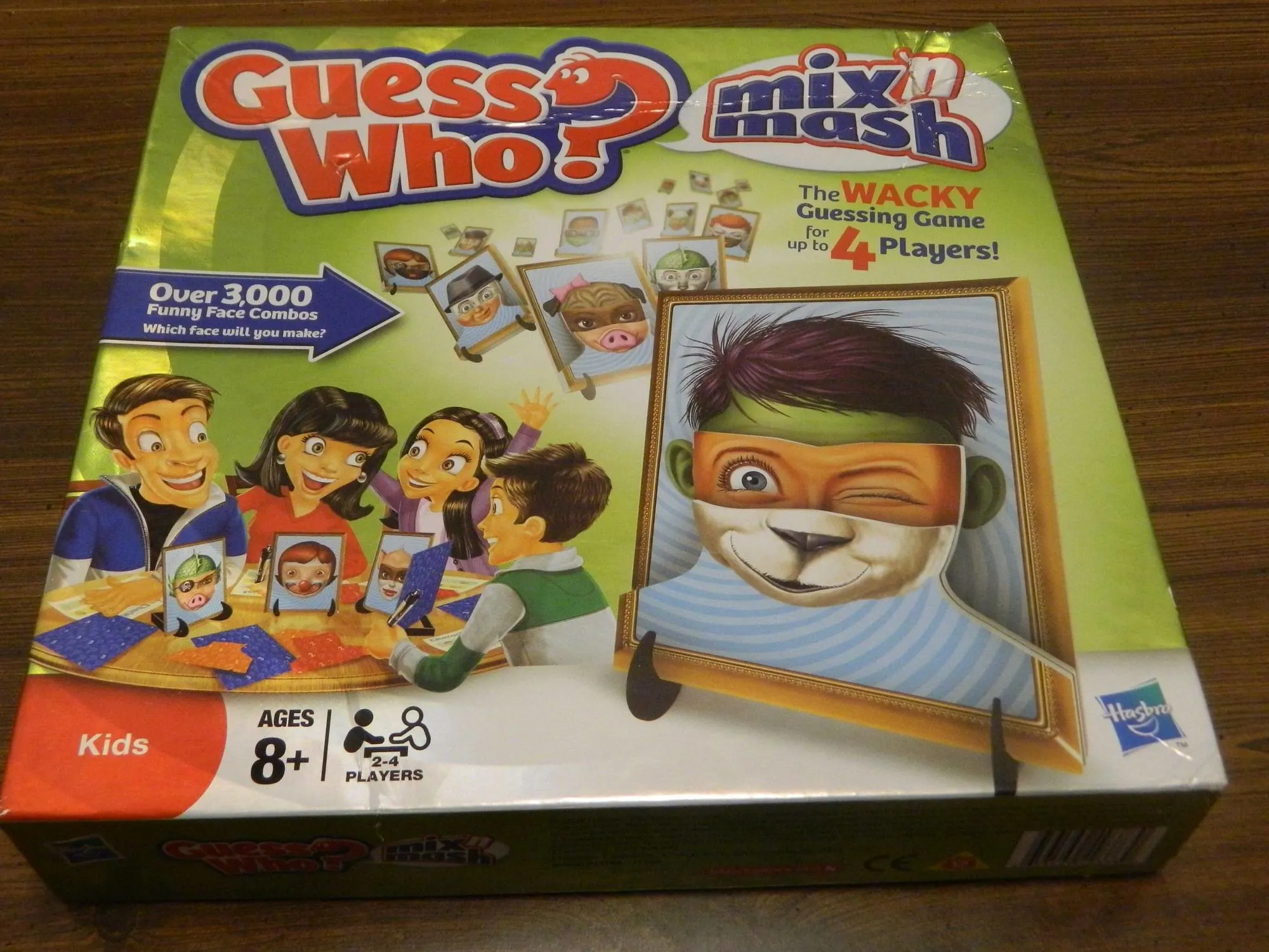
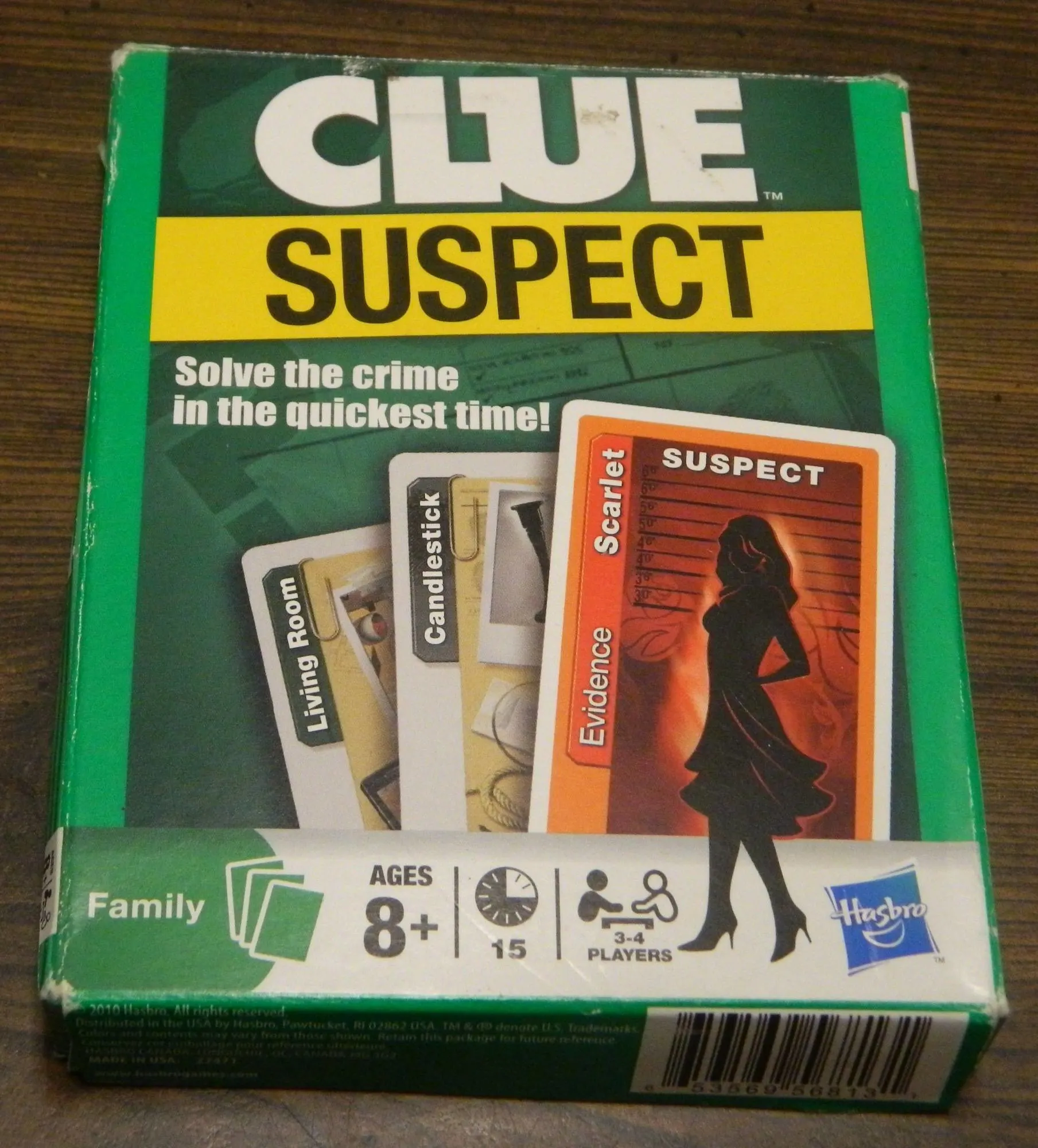
Marla Fernandez-Benavides
Thursday 28th of December 2017
I found it interesting tho I agree. It was hard for my 6 yr old to understand.